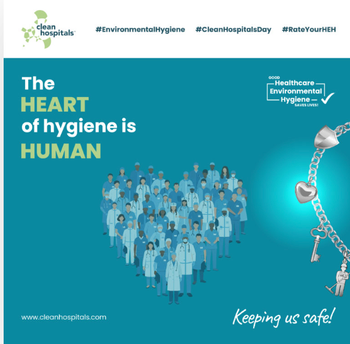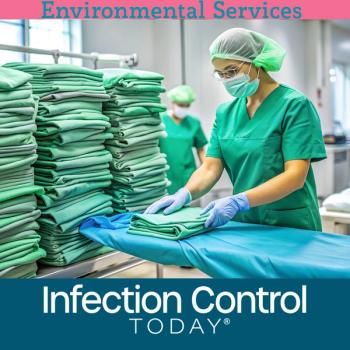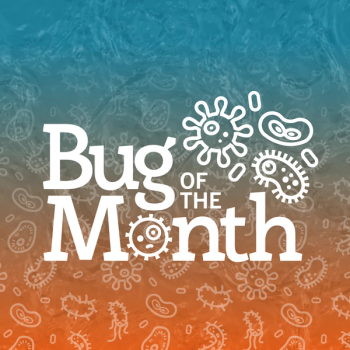
New Drug Combinations Could Significantly Improve Tuberculosis Treatment
Researchers from UCLA and Shanghai Jiao Tong University have made an important step toward a substantially faster and more effective treatment for tuberculosis, which infects some 10 million people and causes 1.5 million deaths each year.
Combination therapy, which utilizes a series of drugs, is a clinical standard for many major diseases. However, the number of potential combinations of different drugs and dose levels can be in the billions, making the prospect of choosing the best one seem daunting.
The research was published in the Proceedings of the National Academy of Sciences.
In the study, researchers used a technique called feedback system control, which was developed at UCLA, to study cells infected with the bacteria that cause tuberculosis. They quickly narrowed combinations of 14 different tuberculosis drugs with five different doses -- resulting in 6 billion possibilities -- into several promising combination treatments that kill the bacteria that cause tuberculosis much faster than the standard regimen used to treat tuberculosis.
"Designing a drug combination with optimized drug-dose ratios has, until now, been virtually impossible," said Chih-Ming Ho, the study's principal investigator and the Ben Rich-Lockheed Martin Chair Professor at UCLA's Henry Samueli School of Engineering and Applied Science. "Feedback system control technology demonstrated it can pinpoint these best possible ratios for a wide spectrum of diseases."
"If our findings are confirmed in human studies, the new drug regimens that we have identified should dramatically shorten the time needed to treat tuberculosis," said Dr. Marcus Horwitz, a senior author on the research and a distinguished professor of medicine and microbiology, immunology and molecular genetics at the UCLA David Geffen School of Medicine. "This will increase the likelihood of successful treatment and decrease the likelihood of patients developing drug-resistant tuberculosis. A highly successful and rapid treatment may hasten the eventual eradication of tuberculosis."
Current drug therapies for drug-sensitive tuberculosis require six to eight months of treatment; for drug-resistant tuberculosis, treatment can take as long as two years.
The standard treatment regimen for drug-sensitive tuberculosis comprises four different drugs. Many patients stop taking the drugs before completing treatment, enabling the emergence of drug-resistant tuberculosis strains.
The study's researchers infected macrophages, a type of human white blood cell, with a highly virulent strain of tuberculosis. The bacteria were engineered to fluoresce while they lived, so drug regimens that killed the bacteria eliminated the fluorescence.
Feedback system control quickly eliminates potential dead ends and automatically readjusts drug-dose combinations to zero in on the most effective ones, saving a tremendous amount of time and effort. This allowed the researchers to identify ideal drug-dose combinations after just four rounds of testing, with about 125 tests per round.
The research team also found that two major tuberculosis drugs, isoniazid and rifampin, were counterproductive when combined with other drugs. Another drug, clofazimine, which is not usually used in tuberculosis treatments, was included in most of the promising combinations.
The researchers have also completed an animal study, which is not published. That study's results have prompted human trials of one promising combination, and plans are underway to test another.
The research was funded by a grant from the Bill & Melinda Gates Foundation to Shanghai Jiao Tong University, which provided a subgrant to UCLA to perform the studies.
The lead authors on the paper are Aleidy Silva, a postdoctoral scholar in mechanical and aerospace engineering at UCLA; and Dr. Daniel Clemens, an adjunct professor, and Bai-Yu Lee, a researcher, both in the department of medicine at UCLA.
Additional authors are Theodore Kee, a graduate student in mechanical and aerospace engineering at UCLA; and Xianting Ding, professor at the Institute of Personalized Medicine at Shanghai Jiao Tong University, Shanghai China. Ho has UCLA faculty appointments in mechanical and aerospace engineering, and bioengineering.
Source: University of California - Los Angeles
Newsletter
Stay prepared and protected with Infection Control Today's newsletter, delivering essential updates, best practices, and expert insights for infection preventionists.





